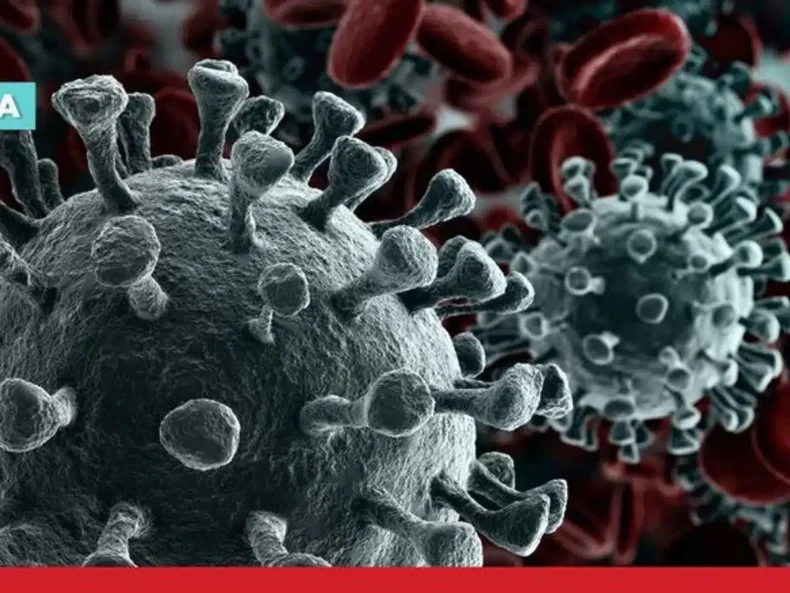H3N2 virus is a subtype of viruses causing influenza (flu). It can infect birds and mammals too. In humans, birds and pigs, it has mutated into different forms. It is also referred to by the name “Hong Kong flue” and can lead to respiratory problems in humans. It is the reason for some of the major influenza outbreaks in the past.

Table of Contents
Sudden surge in H3N2 influenza cases in New Delhi
As per media reports, there has been a sudden rise in the H3N2 influenza case in New Delhi. Most of the impact of the influenza virus’s dissemination people is going through its symptoms, such as coughing and prolonged sickness. This sudden increase is estimated to be an impact of the dissemination of the influenza virus in the state. The extreme weather shift from winter to humid weather is also predicted as one of the significant causes of these symptoms.
As per the Indian Council of Medical Research (ICMR), the H3N2 virus seems to cause more hospitalizations in contrast to the other subtypes. Also, the symptoms shared by most of the people in common include a long-lasting cold alongside high fever. At least 98% of the hospitalized SARI patients showed signs of it.
The health agency records the sudden surge in cases beginning on December 15. The surveillance data also suggests the presence of acute respiratory infections. 27% of people displayed symptoms of breathlessness, and 16% presented with signs of wheezing and pneumonia. While the 6% of all also suffered with seizures. Of all SARI patients, 10 percent were in dire need of oxygen, while 7 percent even required ICU care.

In accordance with the media report, the H3N2 virus is highly contagious in proof of the huge number of people affected in Delhi. It is proposed that the virus can be passed to another person via air in the form of droplets, when a person infected with it coughs, talks, or sneezes. Another way of transferring viruses is by touching a surface contaminated with viruses and then ingesting them through the mouth or nose.
People at high risk of being infected by this virus include young children, infants, pregnant women, and people with a weak immune system or underlying respiratory issues.
Signs and Treatment for H3N2 Influenza

Possible symptoms of influenza cases include cough, fever, sore throat, running or stuffy nose, headaches, chills, body aches, and exhaustion. In rare cases, some of the other detectable signs might also incorporate diarrhea and nausea. These symptoms usually last for a week, but for some, there is still a high risk of experiencing them for a long period of time.
Some of the treatments to cure the H3N2 virus are proper sleep, increasing the intake of fluids, or taking a medicine prescribed by a physician. The counter-medications to it that are generally consumed are acetaminophen or ibuprofen, which are seen effective as pain relievers and in treating fever.
Some of the other antiviral medicines, like oseltamivir and zanamivir, might also be prescribed depending on the severity of the case. Physicians usually prescribe them when there are high chances of complications.
Some of the other measures for prevention are taking a flu vaccine annually, maintaining hygiene, washing hands timely, restraining contact with people who are ill, covering the mouth and nose during sneezing, and restricting contact with others when ill.
ALSO READ:
- HOW MENTAL HEALTH HAS BECOME A FASHION STATEMENT BY BRANDS?
- COVID-19 Health campaign saved 3.4 Million lives , Benefits Indian Economy.













